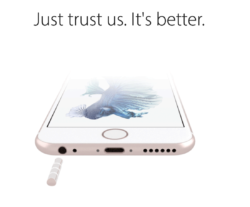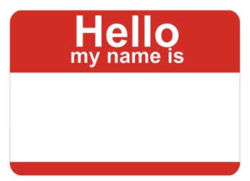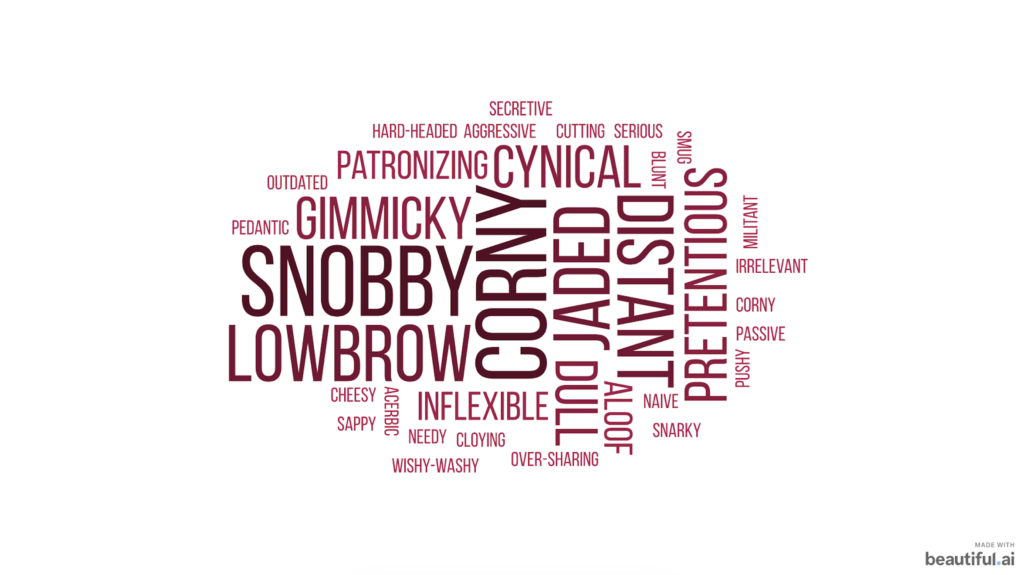Finding your brand voice — and why it’s so important
From the blog When I sit down with a new client, I always ask if they want me to edit copy for a specific brand voice. For any business producing content for their customers — website copy, direct email, blog posts, or anything else — it’s important to establish a consistent tone and vocabulary across your communications. Your brand voice is essentially the personality you present to the world.
When I sit down with a new client, I always ask if they want me to edit copy for a specific brand voice. For any business producing content for their customers — website copy, direct email, blog posts, or anything else — it’s important to establish a consistent tone and vocabulary across your communications. Your brand voice is essentially the personality you present to the world.
What does it mean to have a distinct brand voice?
Have you ever seen a parody of Apple’s advertising? When I was an editor on Apple’s Marketing team, friends sent me a lot of clever ones, such as this one for Apple Plug.

An image from the Apple Plug parody site
Beyond the familiar visual elements, all Apple parodies have some things in common: short, clever headlines; emphatic descriptions; and a sharp focus on minute technical details. The fact that Apple’s voice is so often imitated (even in the name of humor) is a testament to how immediately recognizable it is.
Defining a brand voice does three things:
- It allows you to present a cohesive identity across all your communication channels.
- It sets you apart from your competitors.
- It helps you better target the customers who will ultimately be happiest with your products or services.
You don’t have to be an industry-leading company like Apple to establish a well-defined brand voice. All you need is customer-facing content.
What makes for a “good” brand voice?
A well-established brand voice is like good fashion taste — it’s hard to define, but you know right away when someone has it. And if it looked exactly the same for everyone, it wouldn’t be interesting when you spot it.
Good fashion taste might look like edgy street style for one person, elegant flourishes for another person, or minimalist sophistication for yet another. When you see someone with distinct style, their aesthetic choices exude a sense of individuality. Without even intending to, you draw conclusions about their personality, their behaviors, and in which settings they thrive.
- Brand voice is similar to unique style
- It sets the tone and helps you stand out
Imagine that the content on your website has its own sense of fashion. That’s your brand voice — that sense of personality that comes through the choices you make about language. When you write with your brand’s voice, you channel a specific identity that portrays exactly what you want to say about your business and its values.
How do you define a brand voice?
When you’re trying to establish a voice for your brand’s messaging, don’t look at what others around you are doing. Instead, look at your ideal customer. How old are they? Where do they live? What kind of job do they have? What are their hobbies, favorite causes, and pet peeves? Write down all the details you can think of for this imaginary customer. Even give them a name!
Once you have your target client in mind, present them with the problem that your business aims to solve, whether it’s how to accessorize their living room, where to stay on a Caribbean vacation, or ways to grow their retirement savings. Now imagine the person your ideal customer would trust the most when it comes to solving that particular problem. Is it their effortlessly chic jet-setting friend? Their practical and protective older sister? A competent but compassionate medical professional? When you identify the person your ideal customer would turn to for the problem your business can solve, you have laid the foundation for your brand voice.
More tips for establishing your brand voice:
-
Be honest.
The only thing worse than an unclear voice is a disingenuous voice — customers can smell a fake. If you’re a company full of enthusiastic geeks (and I always mean “geek” as a compliment), trying to look hip and aloof won’t do you any favors with your clients. Embrace who you are and then channel that into a consistent voice.
-
Use a “this, not that” exercise.
This is a popular technique for narrowing your brand voice. It’s as simple as pairing an adjective that you’d like to embody with one that goes too far. Examples are “opinionated but not pushy,” “worldly but not jaded,” “playful but not cheesy.” I once helped a client whose market research had shown that customers thought they seemed too smug. In their quest to look like the top experts in their field, they accidentally came across as completely unrelatable. I reworked a lot of their copy so that they still achieved their goal of portraying their competence while also being approachable — in other words, going from “expert” to “expert but not condescending.”
-
Name your voice.
No, not like Steve or Edna. (Unless that helps!) I mean pick a short descriptive phrase that sums up who you envision communicating with your customers: the fashionable friend who knows all the best deals or the even-keeled mentor who gives the best advice, for instance.

Examples of brand voice descriptions
Disclaimer: Defining your brand voice isn’t as easy as picking at random from a menu of adjectives. But sometimes it’s hard to know where to start. Here are some descriptors to get you thinking about the qualities you want to embody as a brand.
Positive brand voice adjectives:




